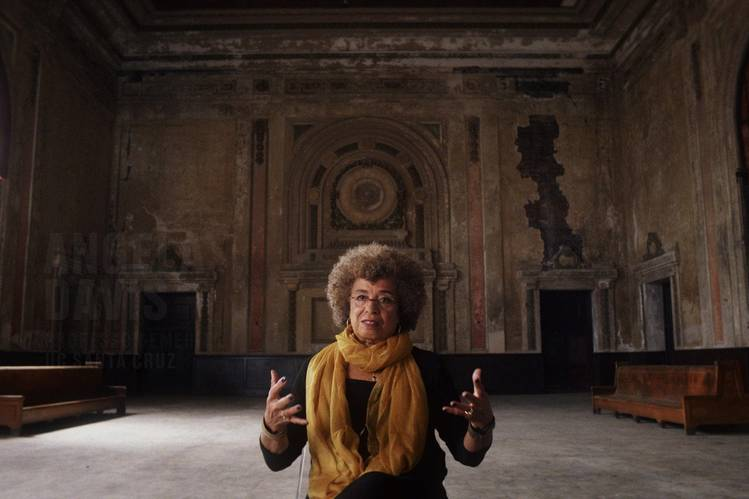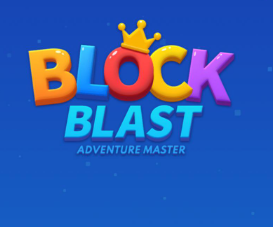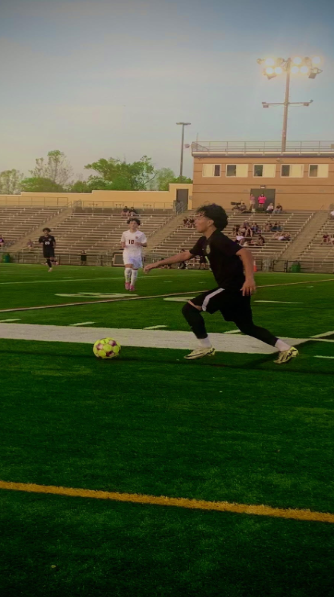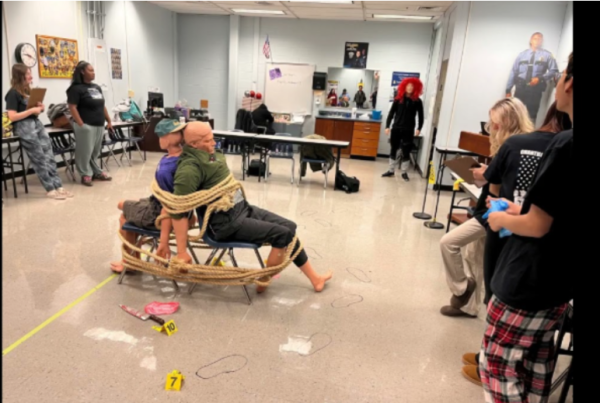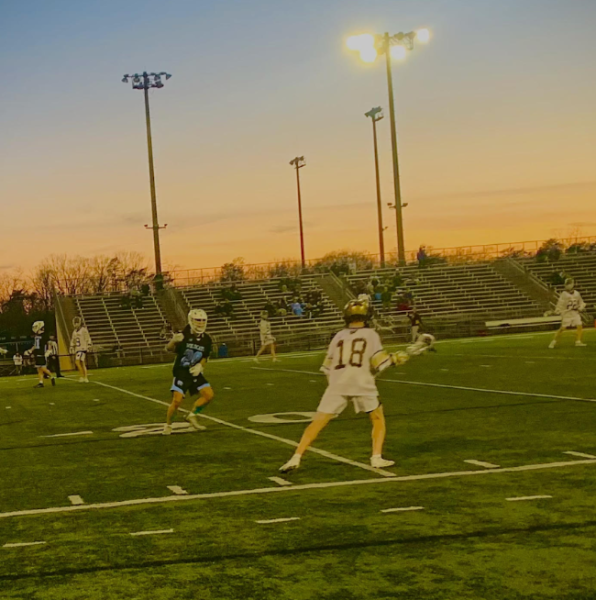THE 13TH AND ITS CONSEQUENCES
Photo courtesy of indiewire.com
Angela Davis addressing political issues.
How does one prove their innocence when an entire nation is against them? How does one prove their innocence when an ad in a newspaper is demanding their execution? How does one prove their innocence when they are black and the prosecution is white?
They cannot prove theirr innocence. If you look at America and the foundations it was built on, you’ll notice that justice has been a generational problem. A problem that doesn’t plague certain communities, the way it plagues the African-American community. This generational problem starts off with the one thing so many people believed would help the African-American community: the Thirteenth Amendment.
This amendment proclaimed the freedom of enslaved peoples. The amendment itself states that all Americans are free, all except for criminals. This loophole was exploited immediately, creating multiple forms of legal slavery. One being the US prison system.
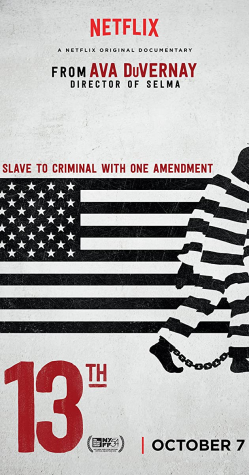
All of these social and systematic issues are illuminated in the Netflix documentary The 13th. This 2016 production, directed by Ava DuVernay, explains how the American prison system was created, and how it has been running throughout generations. The documentary includes interviews with Bryan Stevenson, Angela Davis, and Michelle Alexander.
The 13th is a riveting documentary that explains how and why throughout generations the African-American community have been incarcerated at a disproportionate rate.
“These systems and policies and practices that we are trying to address are things that are really outside of our control, in some cases. Some of these practices are required or mandated at the state and federal level.” remarked Karla Bruce, chief equity officer for Fairfax county.
The documentary teaches its viewers about the effect of political actions, especially actions in the 80s and 90s. One of the most famous political actions is the ‘three strikes’ policy, put into place by president Clinton. The policy stated that if a person had three felonies then they would immediately be given life in prison without a second glance. This meant that people who sold drugs were getting the same sentences as murderers.
Not only did this put thousands of people in jail, it kept them there for long periods of time. It also completely stripped them of their basic human right to a fair trial.
During the Reagan presidency, there was a “war on drugs.” This war imprisoned a lot of African-American peoplis because of how crack cocaine diminished its communities. Since crack came out midway through this era, it became the running basis for ‘the war on drugs, causing many people to get longer sentences if they were caught with crack. Those caught with regular cocaine received significantly shorter sentences.
Sadly, there are people who still do not believe that any political actions added to the disproportionate incarceration rate; because of the way that African-Americans have been publicized in the media, there is this notion that they are dangerous. There are even scenes in the documentary where this exact notion is discussed. The documentary also shows how it was altered throughout generations.
“Documentaries tend to have several functions,” stated Greg Greentree, film studies teacher, “they educate us, they capture a moment in time, and they also serve as entertainment. Many documentaries do all three.”
A major element of the documentary was its musical selection. The music throughout the documentary matched the themes of what the interviewees were discussing. If the interviewees were talking about the civil rights era, then the music came from the civil rights era; or if they were talking about the prison system, the music talked about struggles with incarceration.
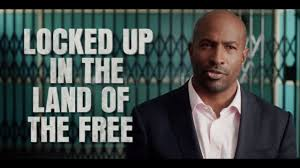
Another major element were the photographs and videos used. Both the photos and videos showed a narrative that has been hidden from the light; they showed how many of the issues that are associated with African-American community started hundreds of years ago. As well as, showing how these events that are claimed to be so long ago, really are not as far as is believed.
The 13th gives a different perspective to important events and time periods in our country, a perspective that most people are rarely are shown. Though the documentary was made in 2016, it is still relevant today and provides an exceellt source for racial education.
The hope is, that with enough resources we may be able to fix systematic racism within the country; and heal the wounds of previous generations.
“In terms of what I think can be done to overcome these problems, we need new policies and practices but we also need to account for the harm that was already done. You can’t just sort of put someone at the start line and say now run, if they are already injured,” Bruce remarked.
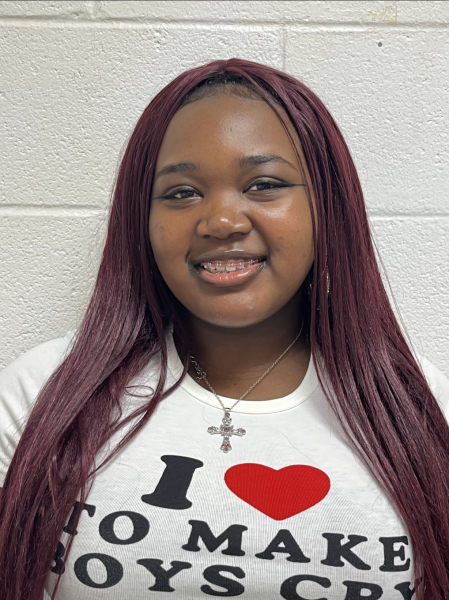
Hello, I'm Naysa the Senior-Editor In Chief of the paper! I love all forms of art and self expression <3

